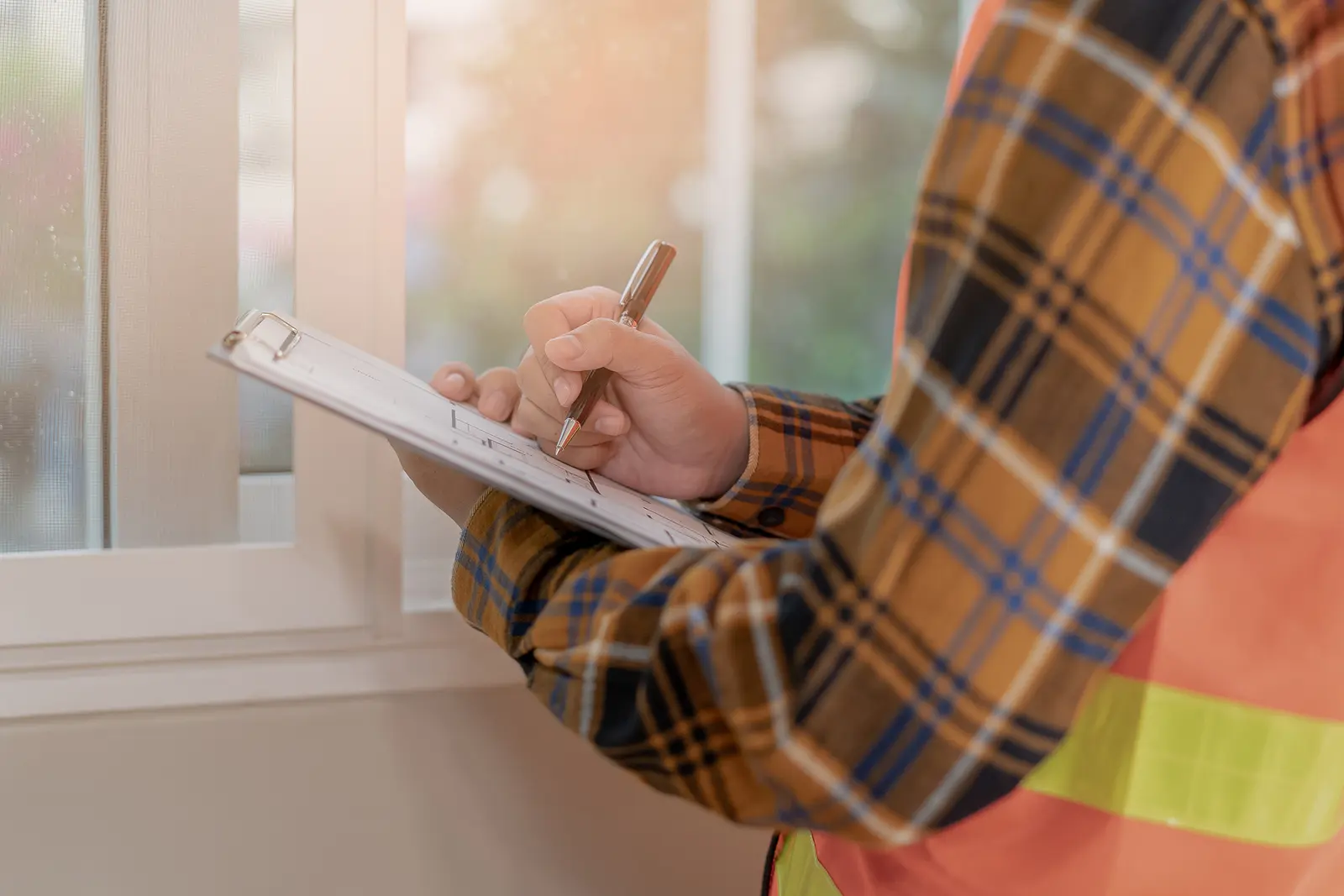Unexpected repairs, seasonal wear, and miscommunication with tenants can chip away at a rental’s profitability in no time. For landlords in Murray, Utah—where snowy winters and dry, hot summers take turns testing your property’s durability—staying ahead of maintenance isn’t just smart, it’s essential. Fortunately, having a structured approach can prevent the headaches that come with reactive repairs, high turnover, or unclear lease agreements.
One of the first steps toward that structure is understanding who pays for rental maintenance in Murray, so expectations are clear between both landlord and tenant. From there, a proactive game plan can go a long way in keeping your rental running smoothly—and profitably—year after year.
Key Takeaways
- Regular maintenance avoids costly surprises and keeps systems functioning efficiently.
- Utah’s shifting climate requires year-round planning and seasonal upkeep.
- Inspections help catch issues early and improve tenant communication.
- Lease language must clearly define each party’s maintenance duties.
- A professional manager saves time by coordinating vendors and tracking repairs.
The Role of Preventive Maintenance in Rental Success
Preventive maintenance is the art of staying one step ahead. Rather than waiting for systems to fail or tenants to report issues, landlords can extend property life and reduce expenses by creating a routine service calendar.
Core preventive tasks for Murray rentals include:
- Biannual HVAC servicing before temperature extremes
- Monthly air filter replacements to maintain air quality and efficiency
- Seasonal gutter cleaning to avoid water damage
- Sealing cracks and weatherproofing windows and doors
- Annual water heater flushing to clear sediment buildup
These simple but consistent efforts protect both the structure and your wallet.
Why Proactive Maintenance Pays Off
1. Fewer Emergencies
Reactive maintenance often costs more. After-hours calls, urgent vendor fees, and secondary damage from ignored issues all add up quickly. A planned approach helps you avoid them.
2. Longer System Lifespan
Preventive servicing improves the performance and longevity of HVAC, plumbing, and appliances, delaying expensive replacements.
3. Greater Energy Efficiency
Well-maintained homes waste less energy. This lowers tenant utility costs and increases your property’s appeal on the rental market.
4. Higher Tenant Satisfaction
Tenants stay longer when they feel their home is in good hands. Fast, consistent maintenance is a major factor in lease renewals.
Crafting a Seasonal Maintenance Plan
Murray’s weather patterns call for smart, season-specific strategies. Creating a rotating schedule ensures every part of your property receives the attention it needs.
Spring
- Clear roof debris and inspect for ice damage
- Check irrigation systems for leaks
- Service AC units before peak use
- Reseal outdoor concrete and driveways
Summer
- Replace HVAC filters monthly
- Inspect insulation and attic ventilation
- Check for pest activity during dry months
- Refresh exterior caulking and paint
Fall
- Winterize sprinkler systems and plumbing
- Clean gutters and downspouts
- Schedule furnace maintenance
- Test carbon monoxide and smoke detectors
Winter
- Wrap exposed pipes
- Monitor furnace efficiency and replace filters
- Check door seals and window insulation
- Shovel and salt walkways after storms
A detailed maintenance calendar reduces oversight and helps your property withstand seasonal extremes.
Property Inspections: Your Prevention Strategy
Scheduled inspections are a landlord’s best tool for minimizing long-term damage. They offer an opportunity to assess wear, document condition, and ensure tenants are meeting lease expectations.
Here’s how to use them effectively:
- Move-In: Document the starting condition of every room, fixture, and appliance.
- Mid-Lease: Catch potential issues early and verify tenant care.
- Seasonal: Address season-specific risks like frozen pipes or roof wear.
- Move-Out: Compare with the move-in inspection to handle deposits fairly.
To avoid both over- and under-inspecting, check this guide on how often landlords should inspect in Murray.
Defining Responsibilities with Lease Clarity
Miscommunication about who’s responsible for what often leads to delayed repairs or unnecessary conflict. Clear lease language prevents these situations from escalating.
Typical landlord responsibilities include:
- Structural upkeep (roof, walls, HVAC, plumbing)
- Major appliance repair or replacement
- Maintaining code and safety compliance
Common tenant responsibilities (if outlined in the lease):
- Replacing air filters and lightbulbs
- Lawn care or snow removal
- Reporting issues promptly and avoiding negligent damage
Avoid vague phrases like “maintain property” and instead spell out obligations clearly. For a full list of standard and optional duties, review the tenant maintenance responsibilities in Utah.
What Needs the Most Attention?
Some systems need more frequent monitoring in Murray’s environment. Focus your time and resources on these vulnerable areas:
HVAC
- Service before summer and winter
- Change filters monthly during peak seasons
- Ensure airflow is unobstructed and vents are clean
Plumbing
- Insulate exterior pipes to avoid freezing
- Check for leaks near sinks, toilets, and water heaters
- Flush your water heater annually to prevent clogs
Roofing & Gutters
- Inspect after major storms
- Clean debris and ensure water flow away from the home
- Look for broken shingles or soft spots
Exterior & Foundation
- Caulk and seal siding and windows
- Repaint wood surfaces every few years
- Monitor grading around the foundation to prevent pooling water
Attention to these systems reduces risk and helps you meet local housing standards with confidence.
How PMI Wasatch Front Simplifies Property Care
If you’re juggling multiple rentals or live outside of Murray, managing maintenance can feel like a full-time job. PMI Wasatch Front makes it easier with comprehensive support and expert coordination.
Our services include:
- Tailored maintenance calendars for each property
- 24/7 repair coordination with vetted vendors
- Digital inspection reports and maintenance logs
- Transparent communication with tenants and owners
- Lease drafting support with built-in maintenance clauses
Our local expertise ensures every task is handled on time—and with care.
Keep Maintenance from Becoming a Money Pit
Every landlord has faced that dreaded surprise repair that wrecks the month’s cash flow. But the truth is, many of those emergencies could’ve been avoided with a little foresight and a good plan. In Murray’s fluctuating climate, having a solid maintenance strategy is one of the best ways to protect your investment—and your peace of mind.
Let PMI Wasatch Front be your maintenance partner. Connect with our local team today to build a rental care plan that prevents problems, saves money, and keeps your tenants happy.
FAQs
How often should HVAC systems be serviced in Utah rentals?
Twice a year—once in the spring before summer, and again in the fall before heating season.
Can I make tenants responsible for small repairs?
Yes, but only if those responsibilities are clearly outlined in the lease agreement.
What’s the biggest seasonal concern in Murray properties?
Frozen pipes during winter are a major risk. Proper insulation and monitoring are key.
Is preventive maintenance really more cost-effective?
Absolutely. It reduces emergency calls, extends system life, and avoids tenant complaints that lead to turnover.
What are the benefits of using a property manager for maintenance?
A manager handles vendor coordination, routine inspections, and documentation, freeing up your time and ensuring issues are resolved quickly and professionally.


